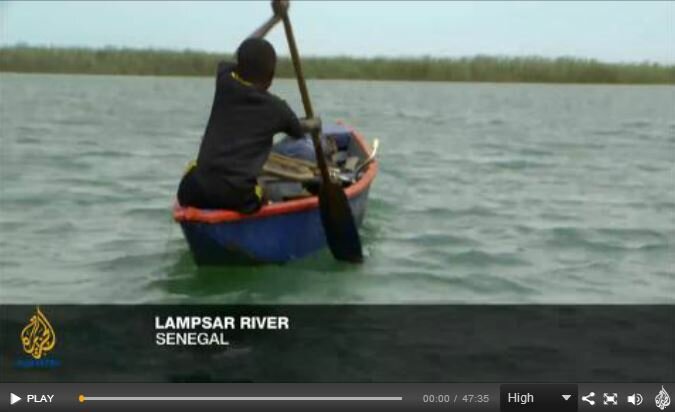This blog post was originally published on the Sabin Vaccine Institute website.
This month, Sabin Vaccine Institute joined over 260 organizations to support the launch of the first-ever Universal Health Coverage Day. With a tagline of “Health for All. Everywhere,” Universal Health Coverage Day, taking place on December 12, will call for universal health coverage (UHC) to be a global priority.
The push for UHC began two years ago on December 12th, when the United Nations General Assembly unanimously adopted a landmark resolution endorsing UHC as a global priority for sustainable development. The resolution urged governments to scale up efforts to accelerate the transition towards UHC.
It is estimated that over 1 billion people lack basic health care and 100 million fall into poverty every year trying to access it. Nearly a third of households in Africa and Southeast Asia have to borrow money or sell assists to pay for health care. The lack of affordable, quality healthcare leaves families and nations impoverished.
As the post 2015 development agenda takes shape, key health partners such as The World Health Organization (WHO) and the World Bank Group have already developed a framework for countries to measure UHC progress, demonstrating that UHC is an indicator that can be measured at a national and global level.
Sabin is happy to join organizations around the world this Universal Health Coverage Day. We believe in making essential health interventions—such as cost-effective vaccines and treatment for neglected tropical diseases (NTDs)—accessible to those that cannot afford or access them, as well as supporting the global vision of providing UHC for all impoverished and vulnerable populations.
You can learn more about Universal Health Coverage Day here.



